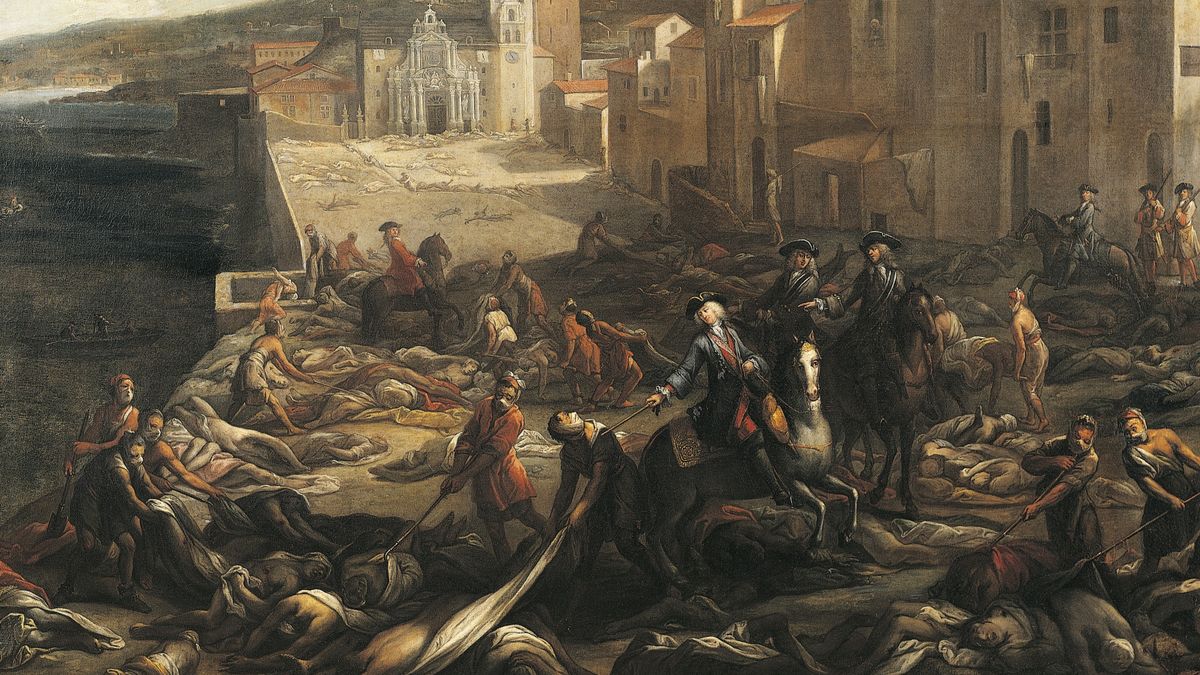Now Reading: Single Gene May Unlock Mystery of Plague’s Endurance Through History
-
01
Single Gene May Unlock Mystery of Plague’s Endurance Through History
Single Gene May Unlock Mystery of Plague’s Endurance Through History

Quick Summary
- Scientists have identified adaptations in the pla gene of the plague bacterium (Yersinia pestis) which contribute to its persistence and virulence over centuries.
- Y. pestis has caused three major pandemics:
– The Justinian Plague (A.D. 542-750) reduced Mediterranean populations by 40%.
– The Black Death (14th century) killed between 33-50% of Europe’s population.
– A third pandemic beginning in China (1855) killed over 12 million peopel in India and China, lasting until around the mid-20th century.
- Genetic analysis shows that strains of Y. pestis lost copies of the pla gene during later stages of outbreaks,perhaps leading to less virulent infections but enabling longer survival within hosts for wider spread.
- Modern strains continue to exhibit similar evolutionary patterns with reduced gene copies, suggesting ongoing adaptation for sustainable transmission across hosts.
- While antibiotics can cure Y. pestis-related infections today, scientists warn about antibiotic resistance among certain strains and efforts are underway to develop a bubonic plague vaccine.
Indian Opinion Analysis
The revelation sheds light on how ancient pathogens like Yersinia pestis adapted genetically for survival despite mass eradication campaigns against their primary carriers such as rodents. For India-a nation historically impacted by widespread loss during the third plague pandemic-it emphasizes resilience through scientific vigilance. Vaccine progress against evolving microbes aligns with India’s acknowledgment of global health risks posed by antibiotic resistance.
Further genetic studies on historical pandemics offer valuable lessons not only for disease management but also environmental change impacts that shape pathogen-host dynamics over time-essential knowledge as India modernizes healthcare systems within densely populated regions prone to zoonotic diseases.




























